A year ago, my husband and I were invited to join some of our favorite traveling companions on a journey to Tibet. We planned, did some research, and prepared ourselves for a trip that would include both spiritual (Buddhist monasteries and culture) and adventurous (Mount Everest basecamp) experiences.
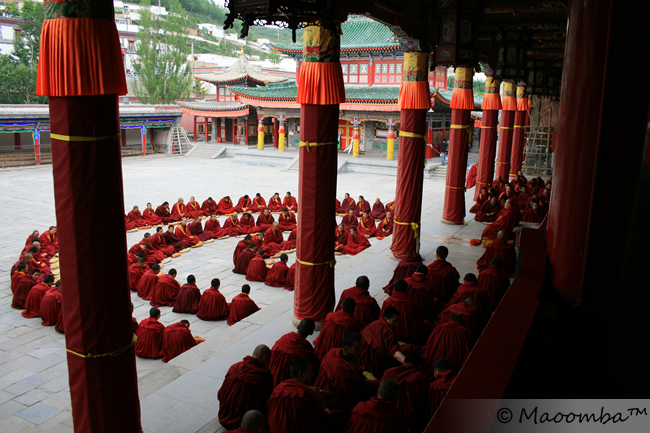
Two weeks before we were scheduled to leave, politics intervened. Due to a number of coinciding factors, permits to the Tibetan Autonomous Region by foreign visitors were being put on hold temporarily during the dates surrounding our visit.
The local woman coordinating our trip made an adjustment and created an alternate itinerary for us to another part of China.
But, then, things changed. Again. Two days before departure, Tibet opened up and we were back on track. We packed our bags and stocked our first aid kit with things appropriate for high altitudes and cooler temperatures.
Things didn’t quite go as planned. I don’t know if travel ever does – at least interesting travel. During our brief layover in Los Angeles, we got a text message. All permits for foreign visitors to Tibet were suspended until further notice. We were about to head into the Gobi desert along the Silk Road instead, to regions which reached 108 degrees F while we were there, with our down vests and long pants. (We did, it turns out, have opportunity to put the cold-weather gear to use, too.)
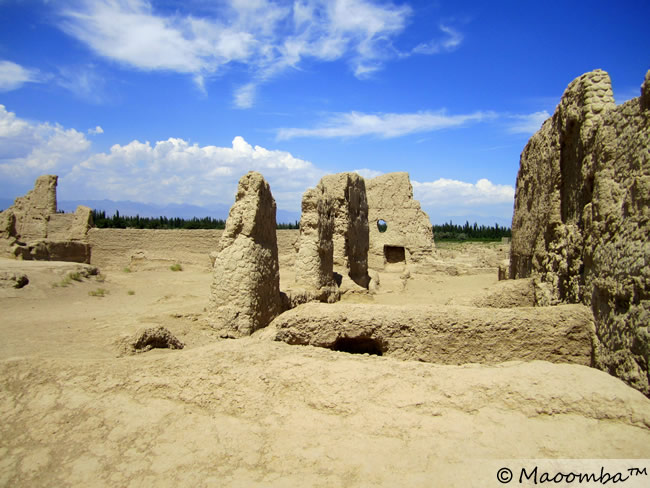
While we were disappointed to have missed Tibet this time, the trip was amazing and completely obliterated any assumptions and misinformed beliefs I had about China. We spent a couple of days in Beijing and Shanghai, but the bulk of our trip took us from Xining in Central China to Hemu, a village in the wild north west just miles from the four corners area where the borders of China, Mongolia, Russia, and Kazakhstan meet.
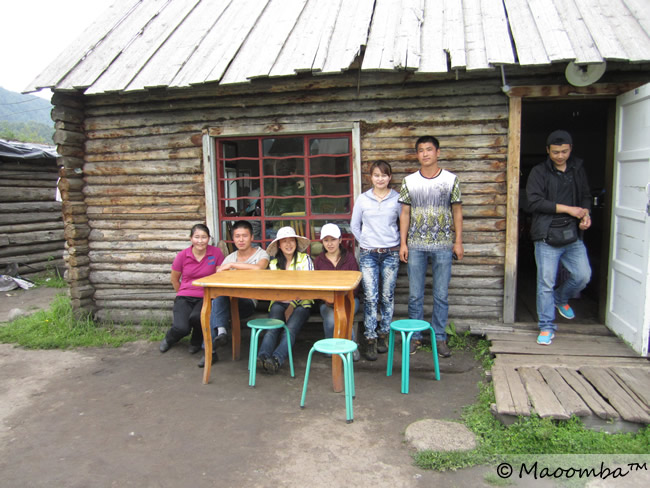
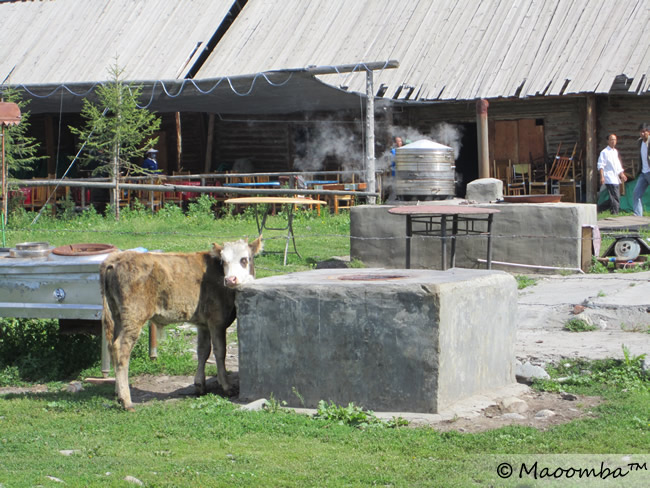
Along the way, we encountered numerous ethnic minority groups – including Tibetan, saw incredible landscapes dotted with yurts and yaks – as well as man-made cityscapes growing skyward and populated with building cranes as far as the eye could see, and were witness to the awesome hybrid of ancient culture and modern technology that is a hallmark of today’s China.
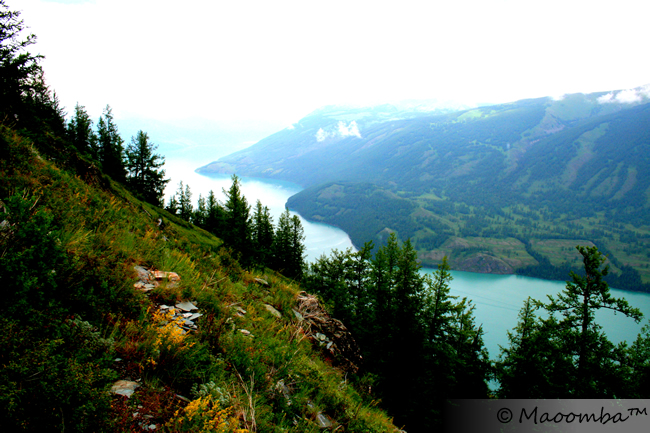
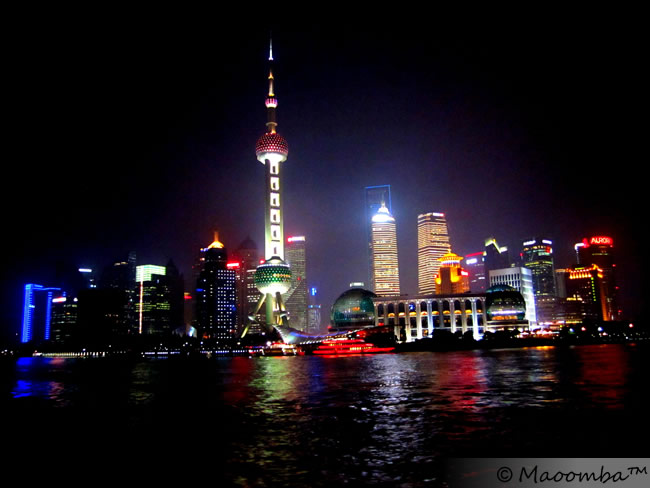
Over the next couple of weeks, I’ll be sharing some of the food culture we experienced there, starting with restaurants today!
China by Restaurant
Eating in China was delicious,
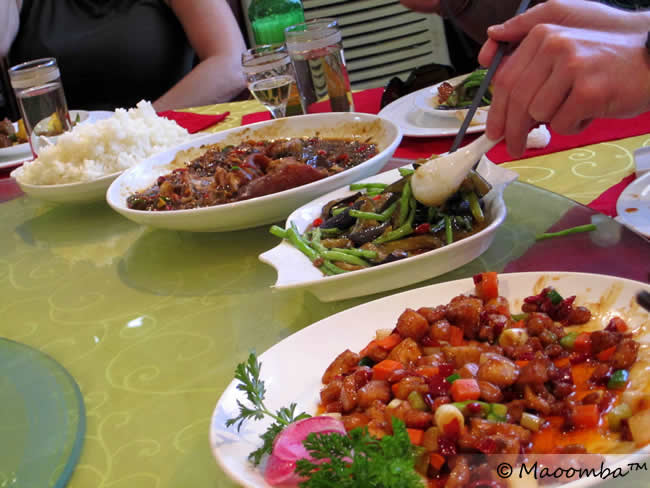
adventurous (we didn’t really know what this was),
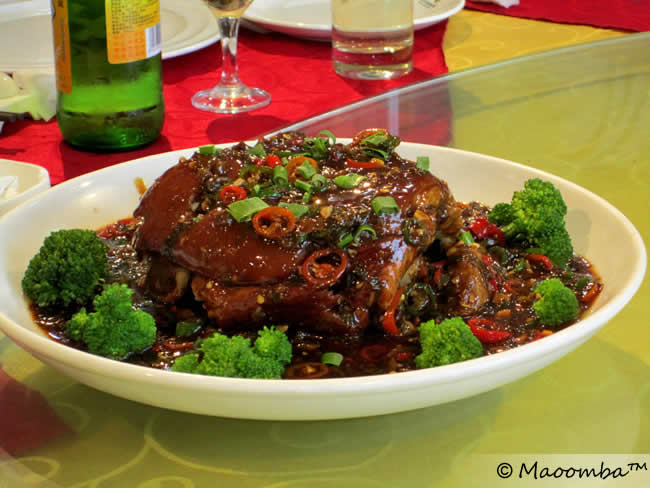
unexpected,
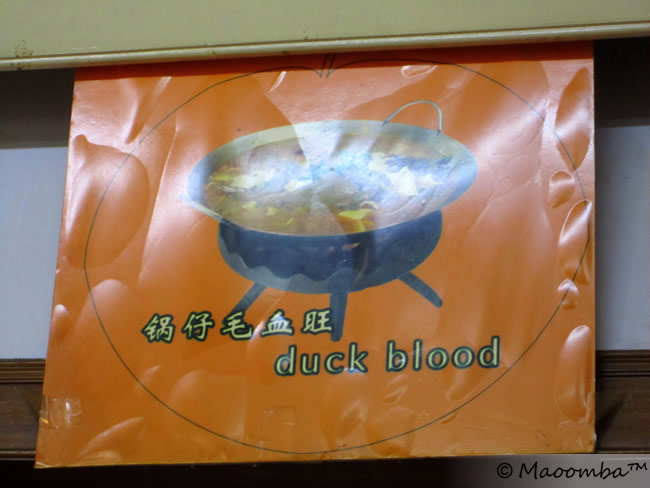
and sometimes a little challenging for my western emotional attachment to certain animals (namely the dog hot pot we avoided; we opted for beef and pork instead)…but mostly delicious! And, limiting grain, legumes, and dairy was not nearly as difficult as I expected it to be. I was able to avoid most things I couldn’t eat, and when I wasn’t able to avoid things or chose to try something exotic and delicious-looking the impact wasn’t nearly as big as when I eat these ingredients in the States. Hmmm.
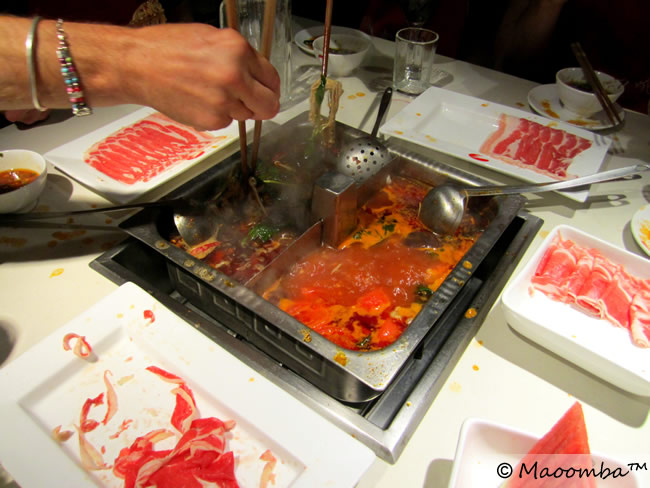
Our group ate family style twice a day around a dim sum-type table. I had to work to get food on my plate, what with dishes whizzing by me quickly as the table spun around, and often lost my food as it slipped from my chopsticks. Despite my chopstick ineptitude – which got worse over the course of the trip – I gained weight.
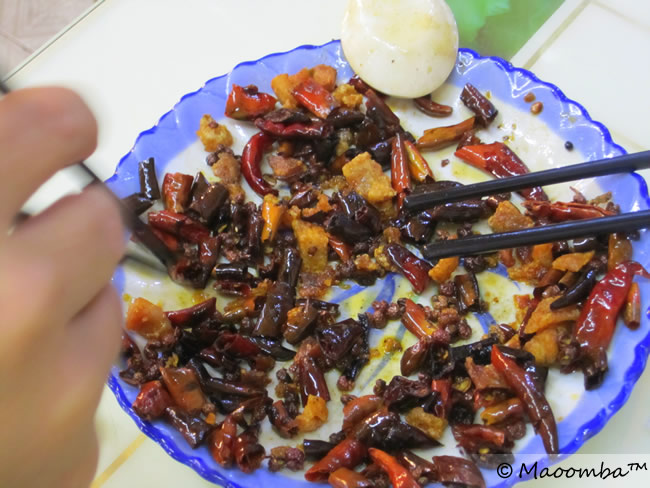
We were fed generously with plates of baked eggplant with thick-cut bacon and Sichuan peppers that numbed our tongues, smoked bamboo shoots and lotus roots with chilies, spicy potatoes, all variety of soups, wilted greens, sautéed gourds and steamed pumpkin and cauliflower.
We were served whole – and I do mean whole – chickens, shrimp and fish, dishes of stewed pork, yak, beef, and even donkey once.
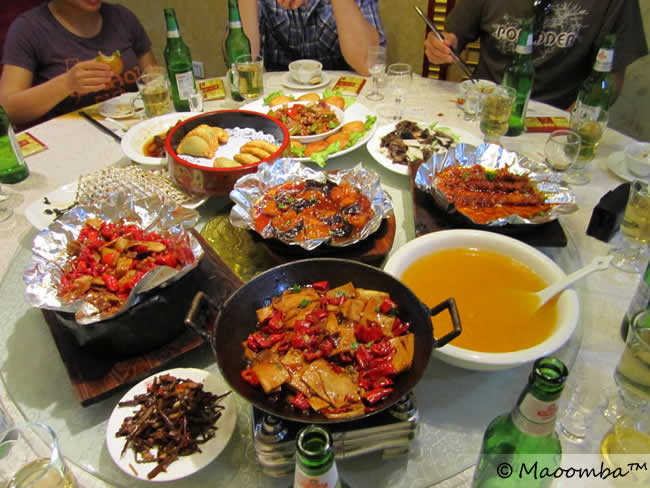
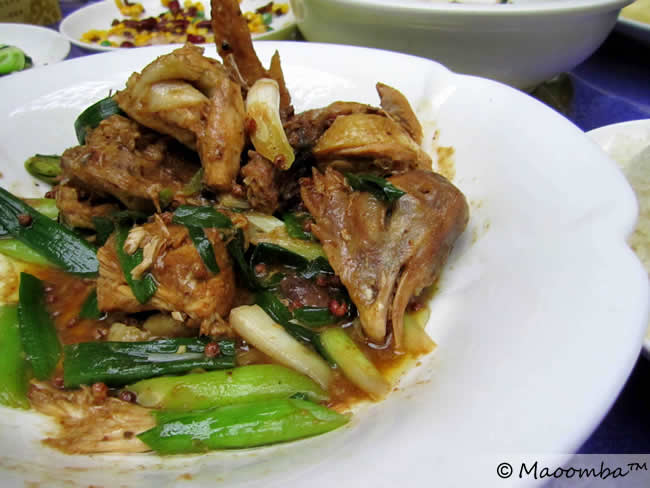
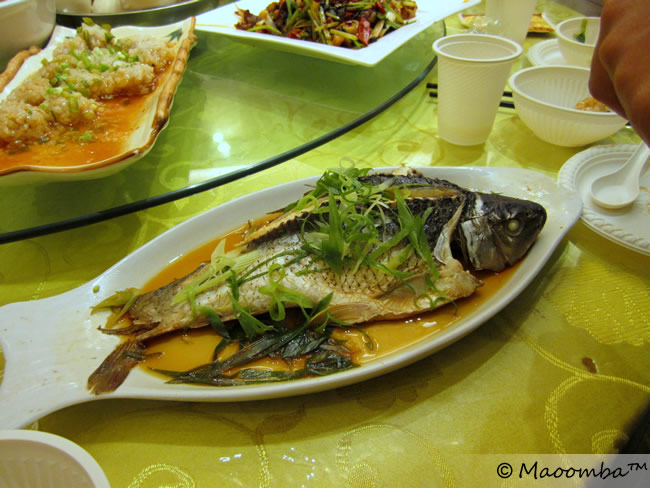
And, the table was set with the occasional tofu dish, bowl of rice, and steamed buns, followed by fresh fruit for dessert. We were surprised when rice would show up at the end of the meal – as if it had been cooking while we ate – or not at all. It turns out that rice, likewise with the steamed breads served, is actually an afterthought, a food served if the rest of the meal failed to satisfy one’s hunger.
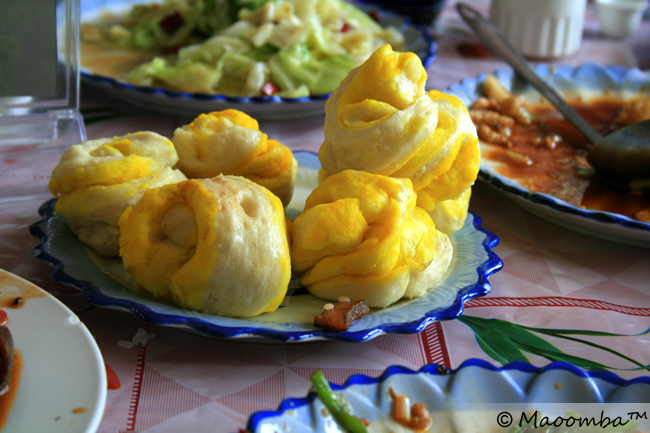
My husband, not much of a meat or seafood eater, loved the variety of vegetable dishes. Me, I loved the fact that grains, dairy, and soy sauce were not often a part of the dishes ordered – mushroom and oyster sauces were more common, and that produce and proteins were so abundant.
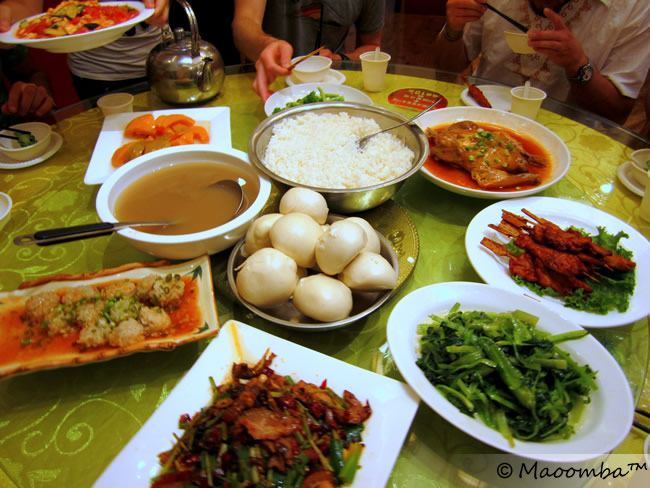
While the restaurant foods we ate didn’t always allow us to explore some of China’s more-interesting foods or uniquely-regional delicacies, road-side stands and marketplaces did.
Be sure to check out the photos of some of the market places we visited and explored with our taste buds, along with a recipe I found that takes advantage of the sichuan peppers I brought back with me.